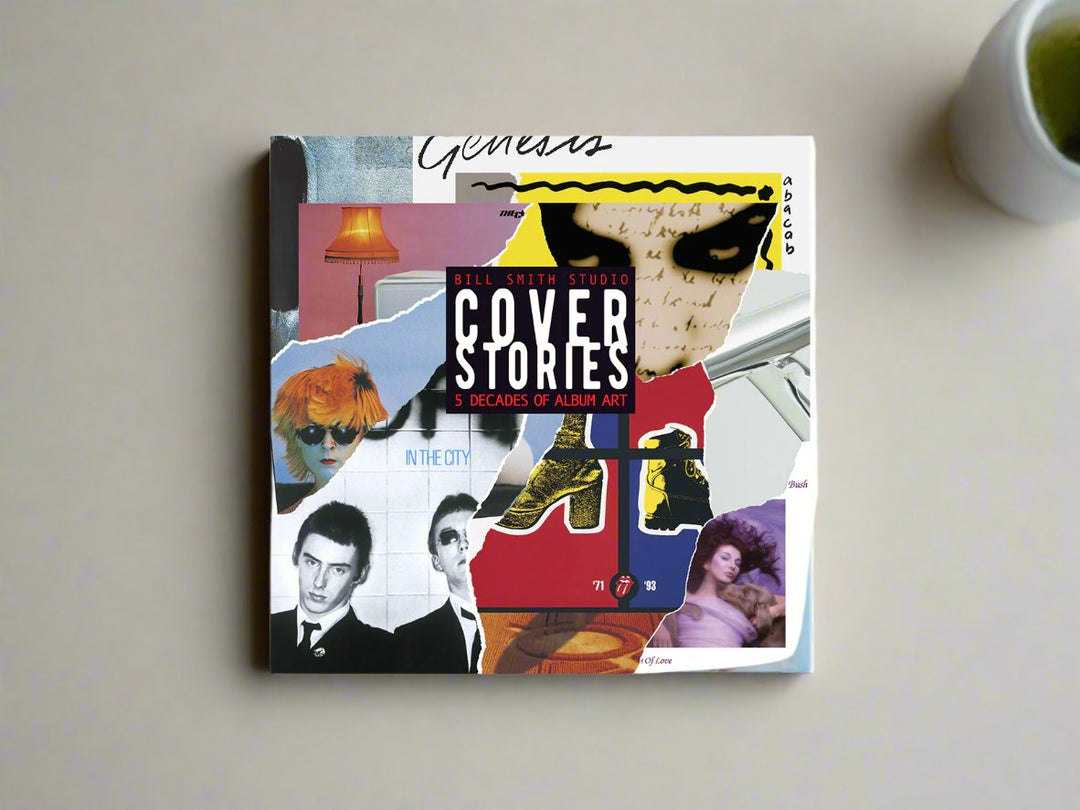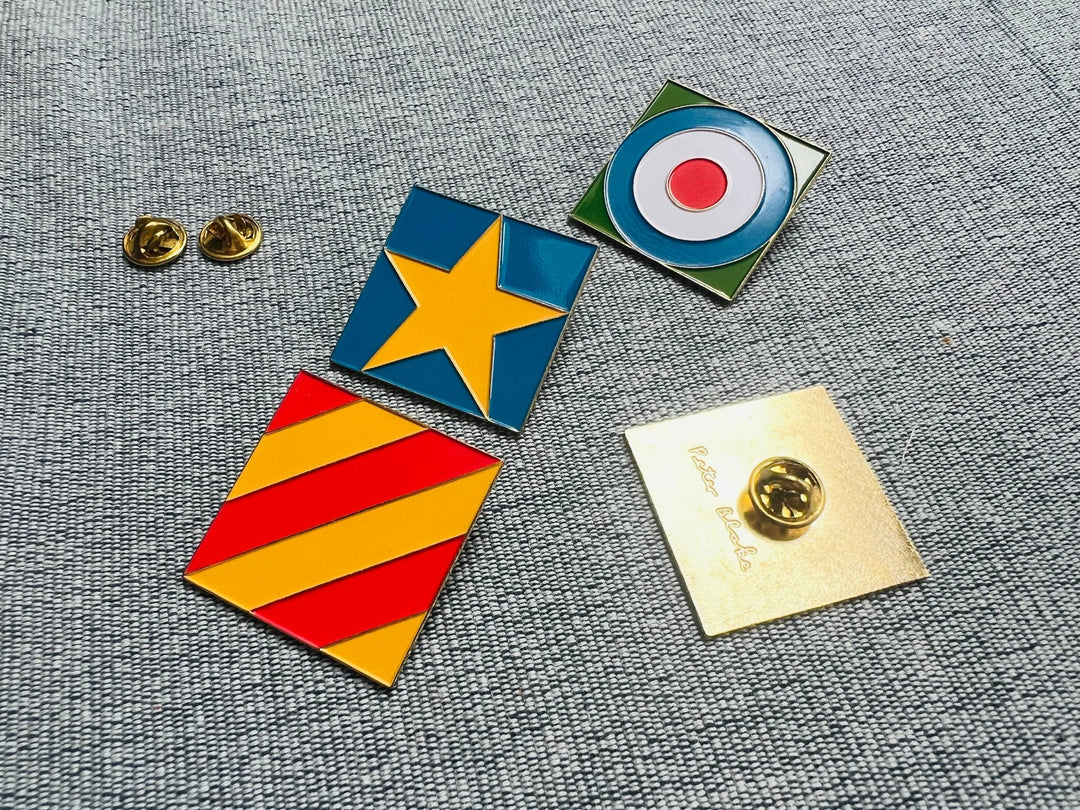September 2017
The album cover photographer talks about early photography and the influence of surrealism on his imagery for Oasis and The Verve.

What turned you on to photography?
Michael Spencer Jones: I think the spark that lit the flame, when I was a child, was seeing a special anniversary edition of Life magazine that my dad had lying around the house. I’ve mentioned it before, in interviews, and I’d thought it was the 50th anniversary edition but actually i’ve looked since and it was a special 30th anniversary edition - just on photography. I still have it. I was fascinated.
There was a section on the human eye, showing how we really see the world upside down but the brain corrects it. So I learnt that the eye is basically a lens not that different from a camera lens. The magazine had pictures of photographs taken through the human eye. There was a photo taken through the eye of a cod – literally a fisheye lens! And photographs taken through the eye of a wasp which were quite psychedelic, and through the lenses that are found on the leaves of some plants. Plants can’t see but they do have the capacity to distinguish between sunlight and darkness in order to photosynthesise. That’s how the eye first began developing; it was just a receptor to distinguish light from dark.
So quite a way to ignite a passion then
MSJ: Well yes, exactly, and there was also a big section on the history of photography. I became fascinated with how some elements like silver were receptive to light.
The photo that sticks in my mind the most is a street scene taken in Paris [hg: by Louis Daguerre in 1838]. It has a solitary figure standing on the corner having his shoes cleaned! He was the very first human figure to be captured on film. There were also other photographs that stuck in my mind ranging from documentary, of lynchings in the deep south of the USA, to beautiful human studies. And there was thermal, satellite and surveillance photography. So, after seeing all this I was sold on photography.
“David Hockney once said photography is all about ‘looking’. That’s it, for me.”
Why Bournemouth?
MSJ: I wanted to get as far away from Sheffield as I could without ending up in France!
Ha. Then back up north to Manchester?
MSJ: Yes, after leaving college I got a job in a photography studio in Manchester so I moved up.
It must have been wonderful to leave college and end up doing exactly the kind of work that inspired you to start?
MSJ: Well, not quite. I was first an assistant then a photographer at a studio in Manchester doing catalogue photography. Working on Kays and Grattans catalogues. I absolutely loathed it. I used to work twelve hour days, six - sometimes seven - days a week. We’d photograph stuff like toothbrushes, towels, and children’s toys. I worked there for two years and in the end I put my foot down and insisted that I couldn’t work weekends anymore. They sacked me without notice, on my birthday! After that I thought I’m not working for any company like that again, so I went freelance.
Good move! How did you get into music photography then?
MSJ: I started working for this underground magazine in Manchester called Avant and they commissioned me to photograph The Stone Roses at Spike Island. I then started photographing other Manchester bands.
That first cover you did, for the Ruthless Rap Assassins, has a pretty distinctive aesthetic already.
MSJ: Well the first album cover I actually worked on was for a Liverpool band called The Farm. It was a photograph of a bed of nails. The Ruthless Rap Assassins was the second one in. It was a photograph of a record being played on a record deck but the record was on fire. I can remember it was a double exposure and I used lighter fluid to set it alight, but I’ve always been into surrealism – Dali, Magritte. My all-time favourite surrealist scene is about 20mins in to Louis Buñuel's L’Age d’Or, of a man kicking a violin down the road as if it were a tin can.


I guess that attitude also appealed to the bands you went on to work for?
MSJ: Yeah - kicking out and lighting fires! I was introduced to The Verve by Brian Cannon, the designer at Microdot. He kind of knew Richard Ashcroft from Wigan Art College. That was shortly after they were signed to Hut Records, 1991? I used infra-red to shoot the cover for All In The Mind and the record company loved it. They stuck with me after that, and it was because of those covers that Noel Gallagher got in touch.
And the rest is history?
MSJ: And the rest is history






